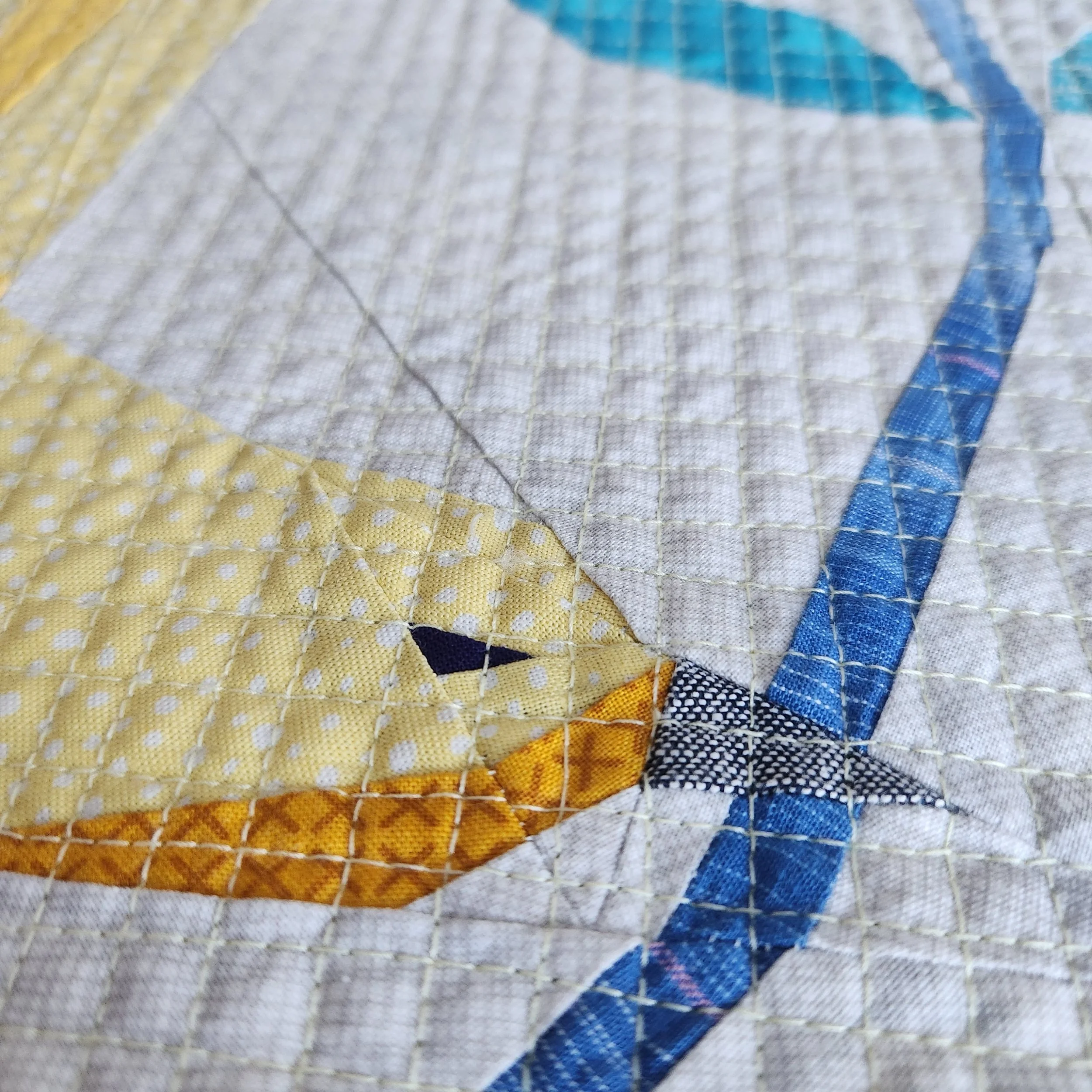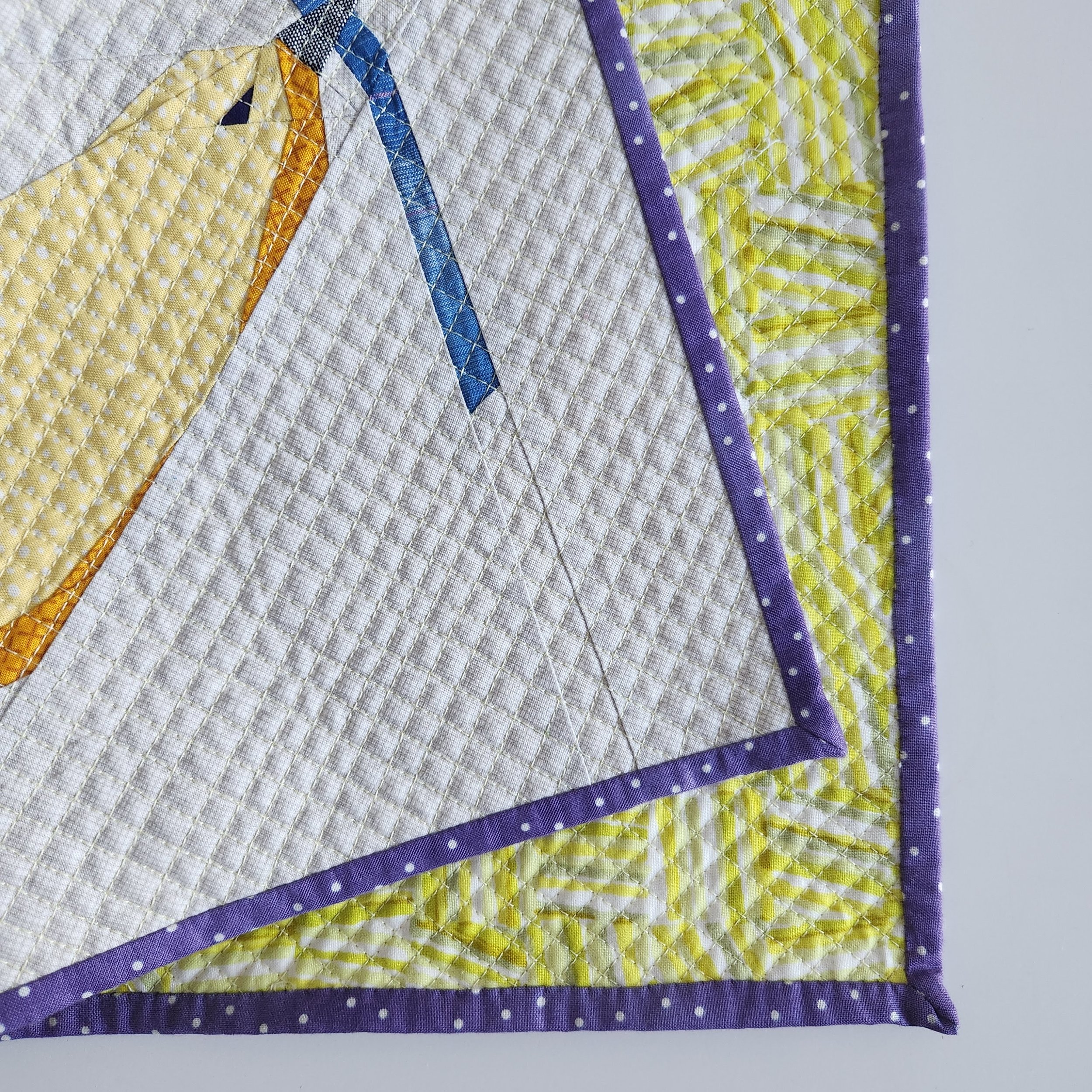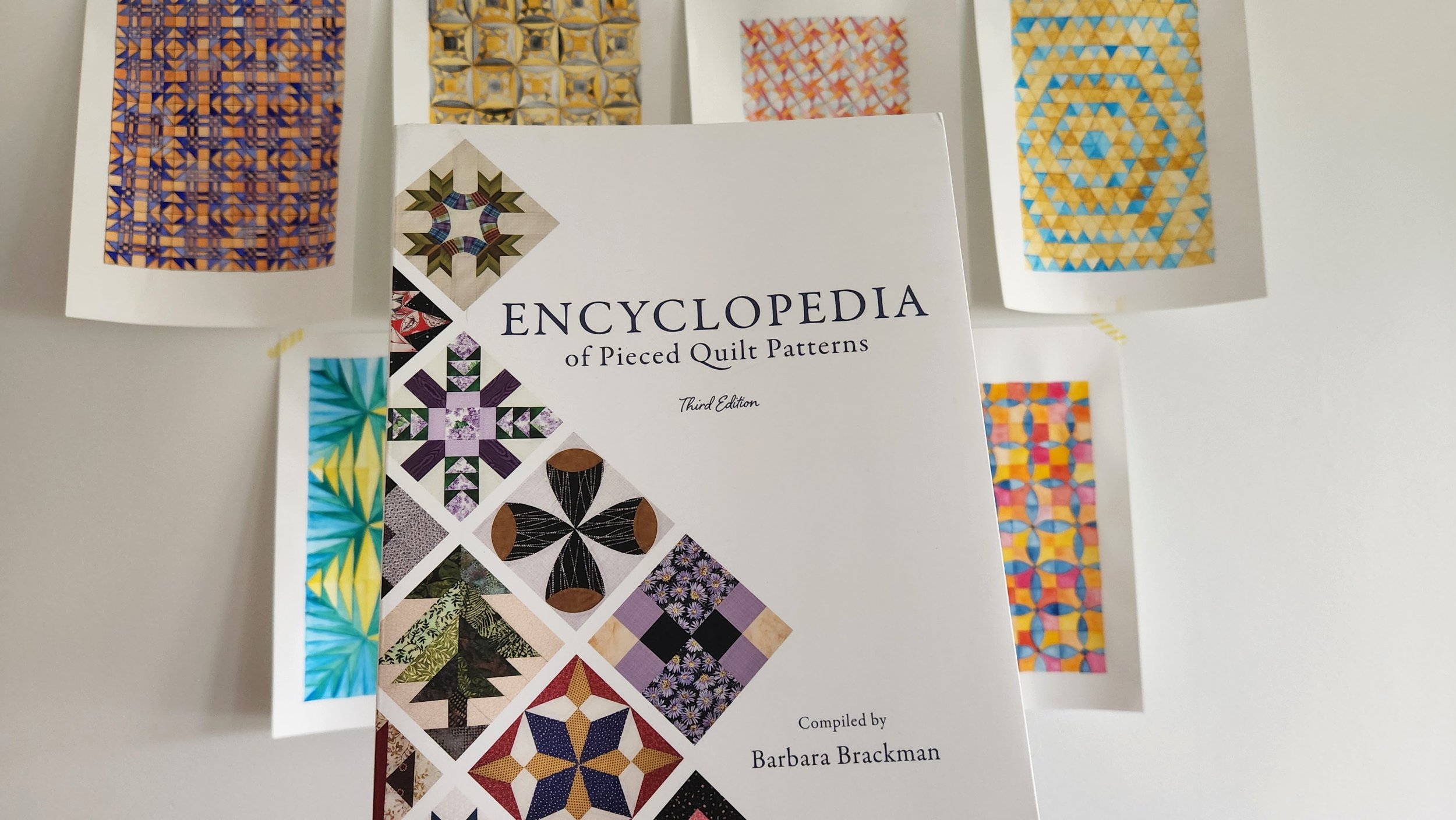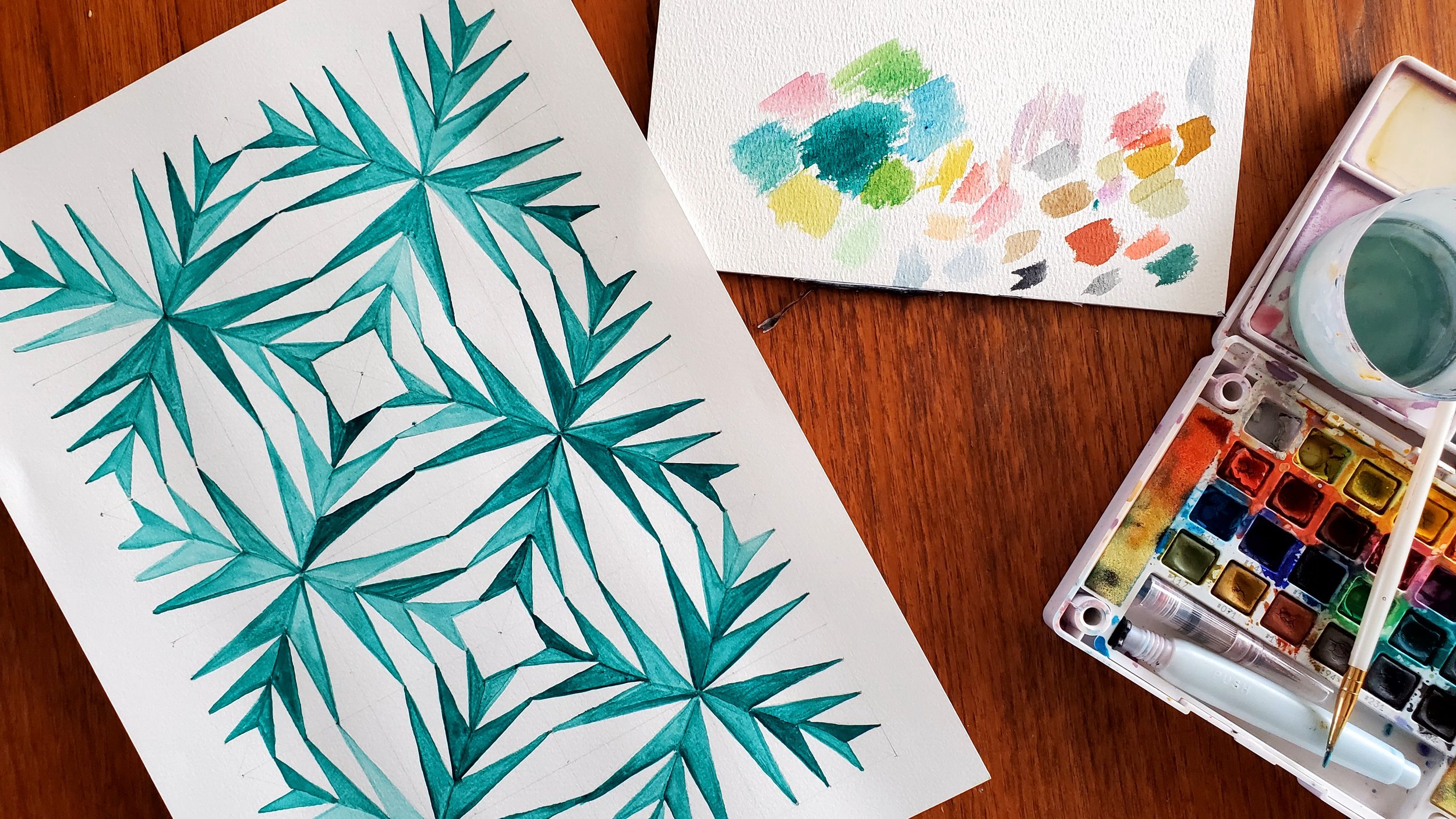If you’ve been with me for a while you know about my wonderful list of Quilts Under Construction. I keep all projects that have progressed from an idea to a potential quilt to a nearly done project on that list. I update the list a few times a year, crossing off and moving things from different parts of the list. It isn’t fancy, just handwritten on a sheet of paper on a clipboard I keep in a drawer. It covers finished Quilt Tops, Quilts Being Quilted, and Blocks. It only enters the list when I’ve decided that some play or an experiment are actually going to be made into a quilt.
The reason I love my list so much is twofold. One, it gives me a direct appreciation for the time I’ve spent creating. It serves as a living memory of all the things I’ve done and can do. History and potential in one. Two, whenever I am blessed with some time, inclination, and less than normal motivation I can consult the list and get inspired. One day I might be in the mood for some easy piecing so I can consult the list and grab one of those projects. Maybe I actually, freakishly, have the desire to baste a quilt so I can see what is ready and has a backing made. Having it on paper means I am not storing it in already busy brain. In other words, I don’t have to open the already packed closet to see what might fall out!
So a few weeks ago I pulled out my list because I had an afternoon and felt like piecing. My tree of life blocks captured my attention. I had 4 blocks and vaguely remembered thinking 5 would be enough for a quilt. No problem! I could make one more block. So I did. This size (18”) is fiddly as you have to make a lot of 2.5” half square triangles but it’s not rocket science. One more block done with ease.
These blocks came in to being, firstly, as a sample for a class I did in conjunction with the Heritage Park Festival of Quilts. I took a quilt from their antique collection and created a modern version. This was one sample, then I made a few more, and now I’ve made 5.
At this point, I could have set the blocks aside but I loved where things were going so I went to the stash (and then the store) for some greens to border the blocks when set on point. My math was off so it is a bit wonky but it works well enough and will be fine with quilting.
Now I can move this set of blocks to the other side of the list for quilt tops. All the satisfaction.












